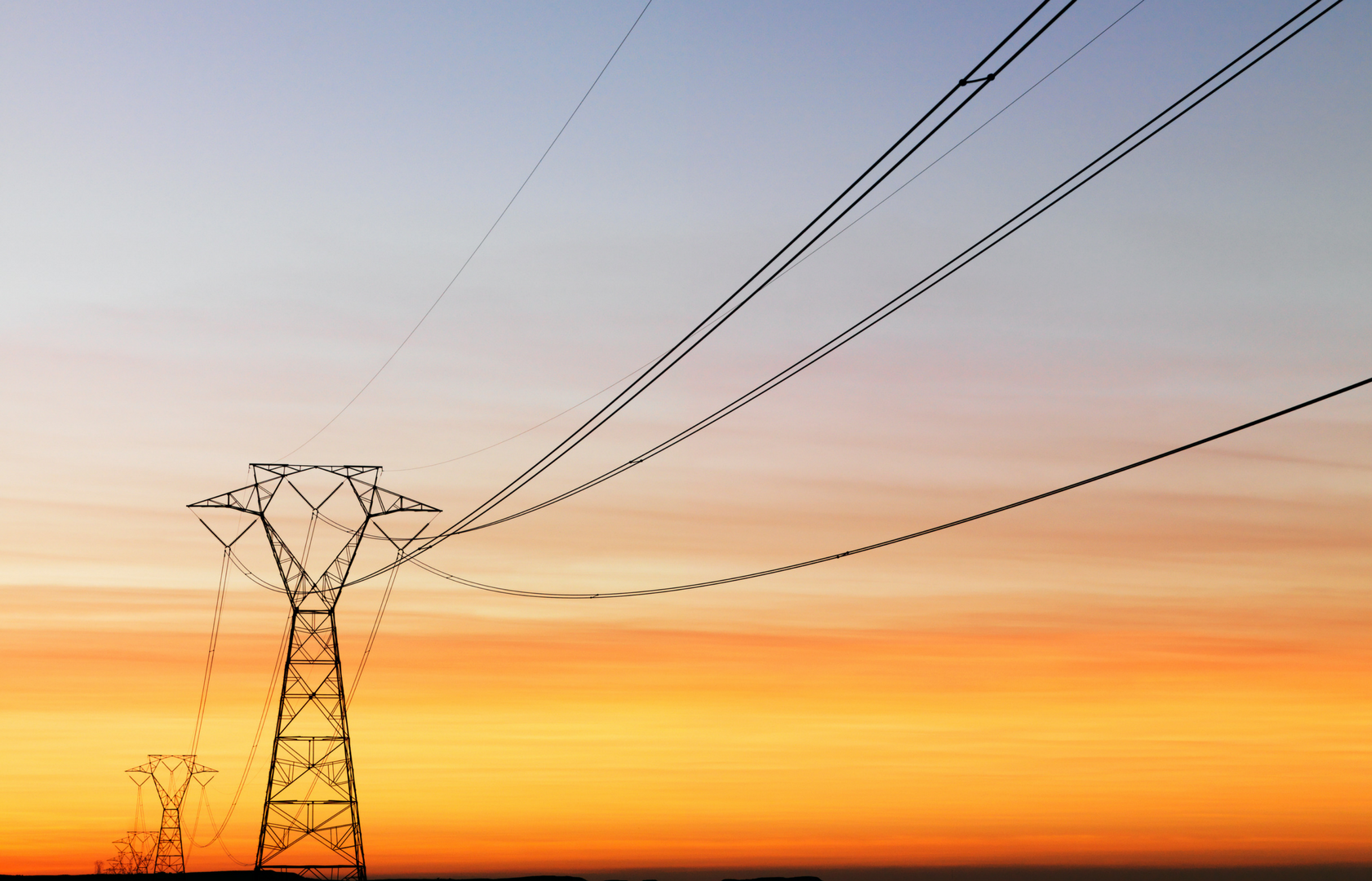
Why you’re paying too much for electricity – Overspending on network infrastructure
April 4, 2018Energy consumers in NSW, Queensland, and Tasmania are spending between $100 and $400 extra on their energy bills because state-owned power networks have spent up to A$20 billion more on poles, wires and other energy infrastructure than was needed according to a new Grattan Institute report Down to the Wire.
The Grattan report suggested that network costs – the poles, wires and transmission and distribution grid – account for around 42 to 48 percent of energy bills, or $700 a year, across the entire National Electricity Market, and networks have been accused of ‘gold-plating’ and overinvesting in the distribution network at the expense of consumers.
According to the report, state governments overestimated the growth in electricity usage because many households have since installed solar panels, and appliances have become more energy efficient.
The report also stated that the state governments in NSW and Queensland were concerned about network reliability but the increase in spending on network infrastructure did not justify the minimal improvement in reliability.
The Grattan Institute reported that the cost of the National Electricity Market’s power grid rose from $50 billion in 2005 to $90 billion today. But up to $20 billion of that was not needed to cover growth in population, consumption, or even demand at peak times.
A recent article in the Conversation suggests that there are two key reasons for overspending on government-owned networks:
- Investment in electricity networks boosts state government revenues because public networks pay a fee to the state to neutralise their lower borrowing costs; and
- A government-owned business might come under political pressure to prioritise goals such as reliability or job creation over cost.
The Grattan Institute report recommends that costs to consumers in Queensland and Tasmania could be reduced by a devaluation of the value of the energy networks. In NSW, where the energy infrastructure has recently been privatised, the report recommends a rebate reflecting the overvaluation, be paid to electricity consumers by the NSW government.
A recent Sydney Morning Herald (SMH) report suggests that a positive result of higher electricity prices has been the take up of rooftop solar electricity. SMH reported that In 2017, large-scale and roof-top solar added about 1.3 gigawatts nationally, while a study found about 34 per cent of Australian households surveyed were considering adopting solar panels within the next five years.
The SMH further stated that the Australian Competition and Consumer Commission (ACCC) chairman Rod Sims has previously blamed state governments for rising energy prices and pointed to network costs playing a major role in this.
“The main reason customers’ electricity bills have gone up is due to higher network costs, a fact which is not widely recognised,” Mr Sims said.
“These increases are largely because state governments pushed for and achieved looser regulation of these then largely government-owned network companies to protect revenues.
“While the rules have now been tightened, the damage has been done.”
The SMH article stated that the distribution networks have previously rejected claims they are to blame for price rises, stating that their proportion is significantly less than that reported by the ACCC and the Grattan Institute, and costs have been on a downward trend for a number of years.
The Grattan Institute acknowledged that network costs are now coming down but reiterated that they still remain the largest cost component of consumer energy bills.
